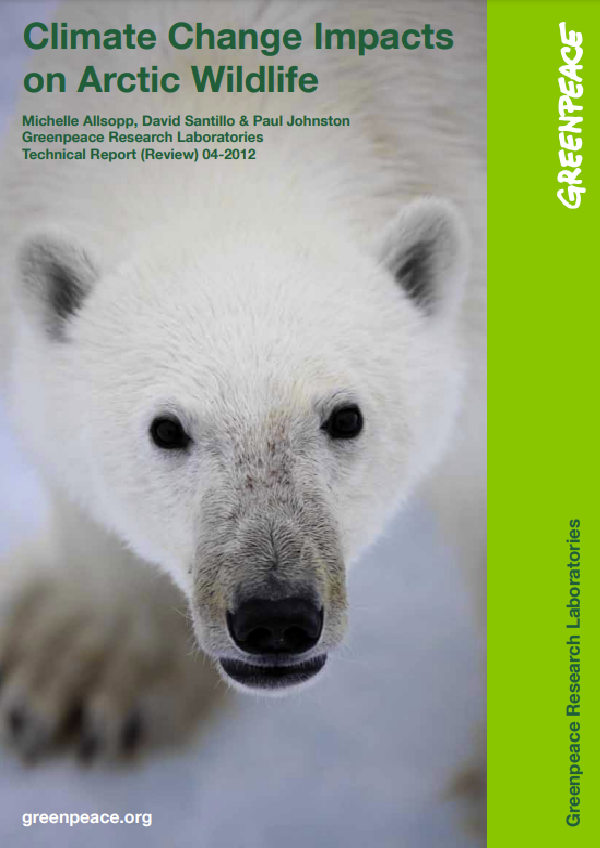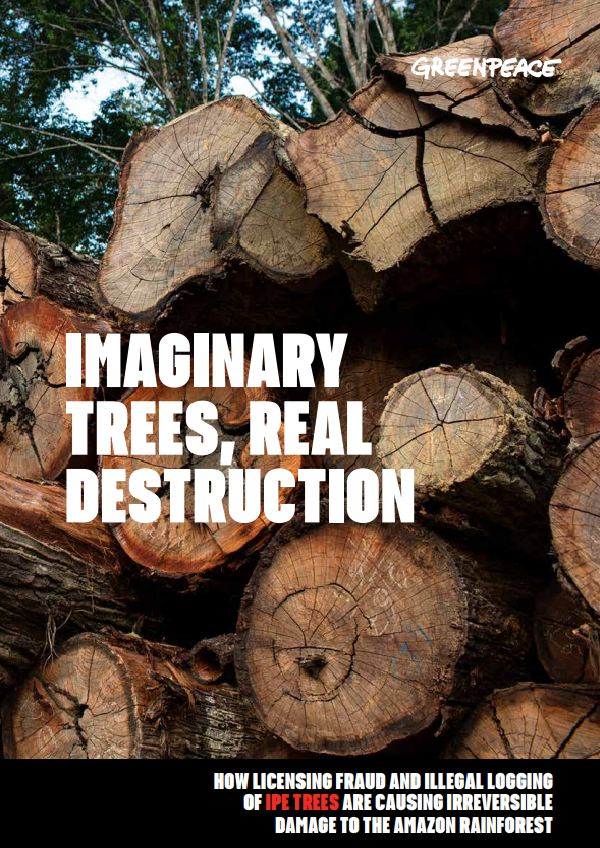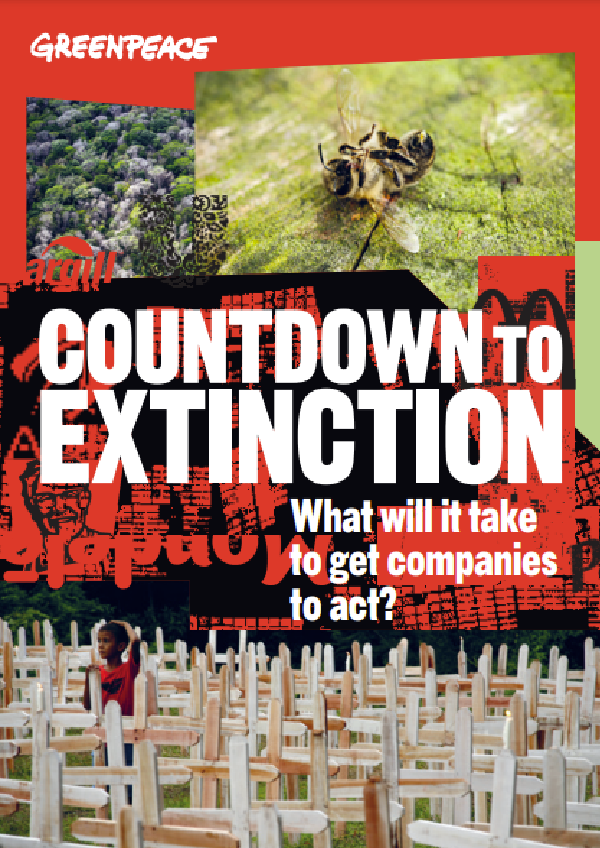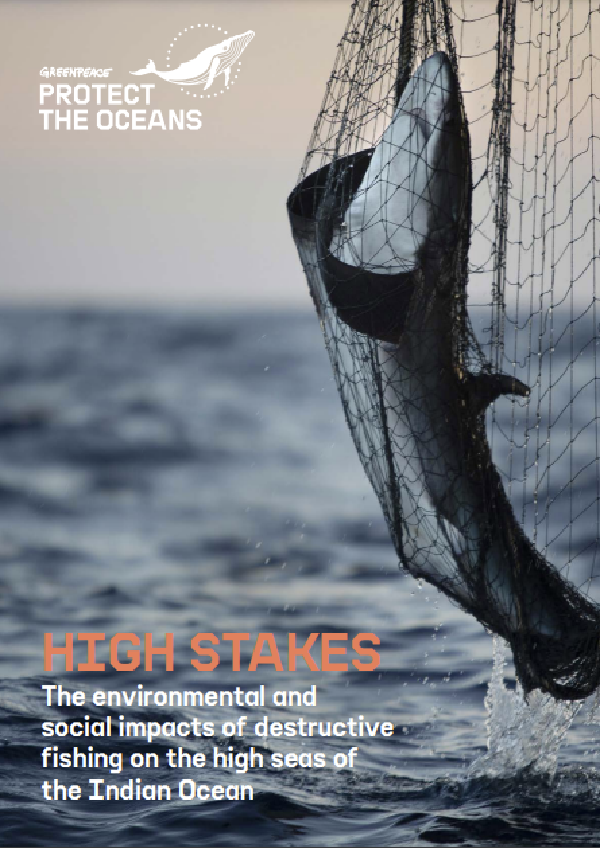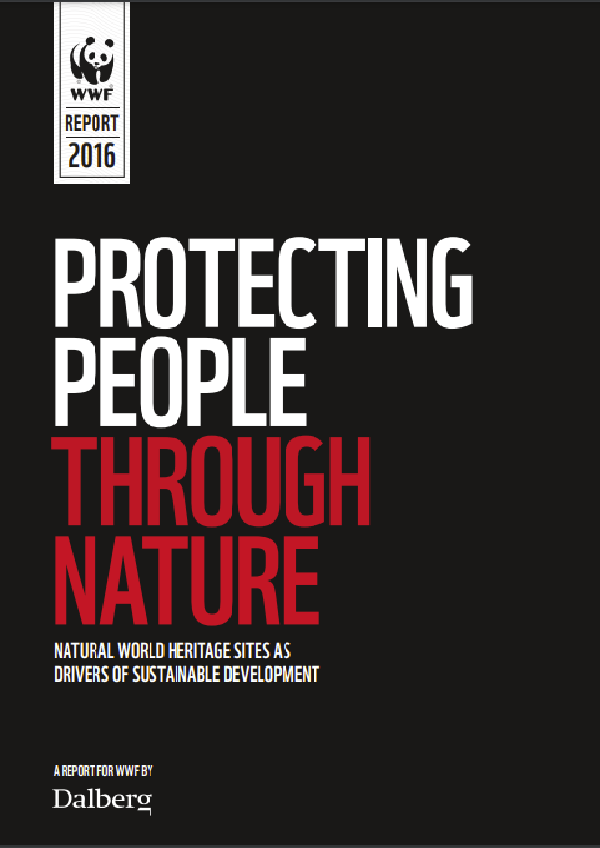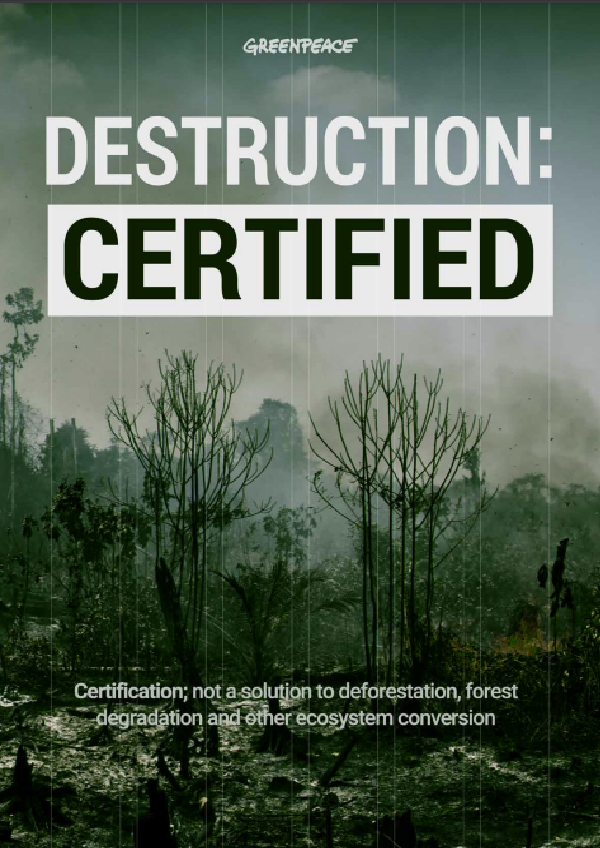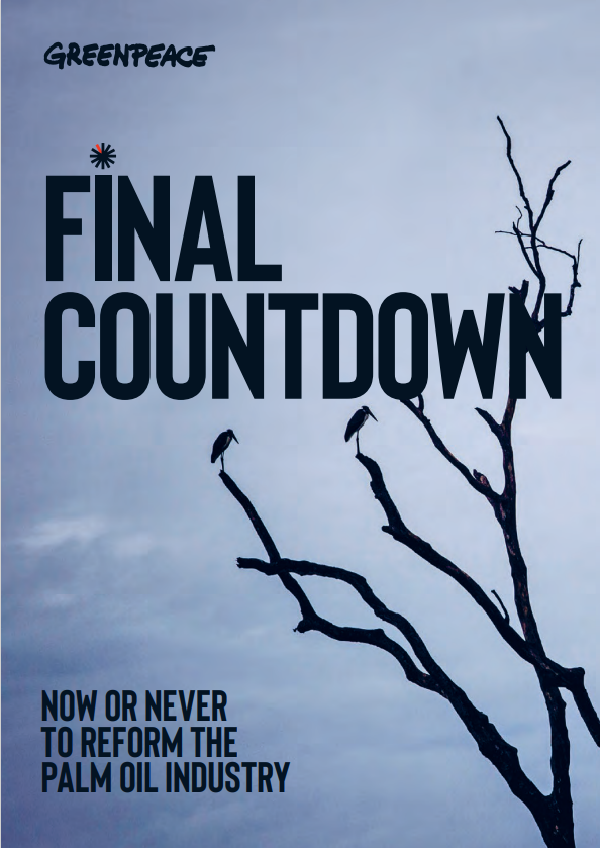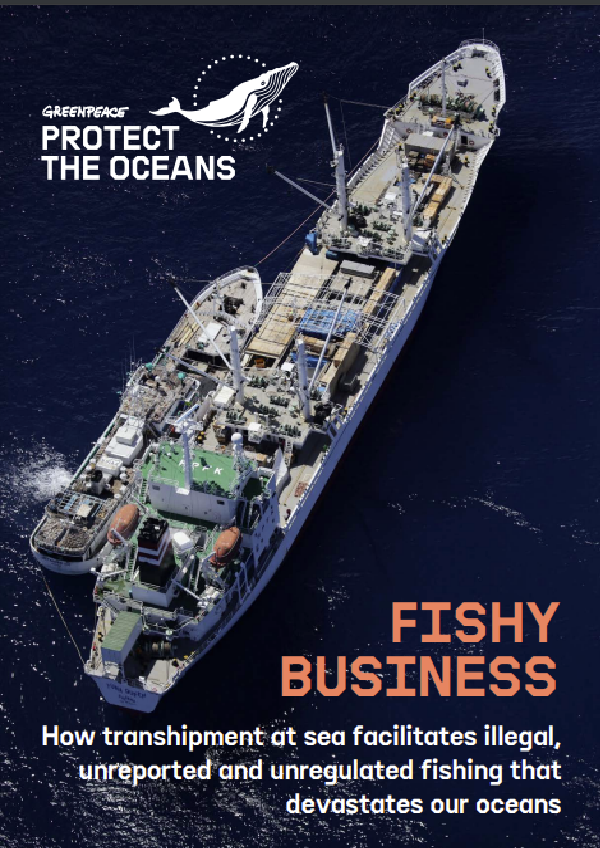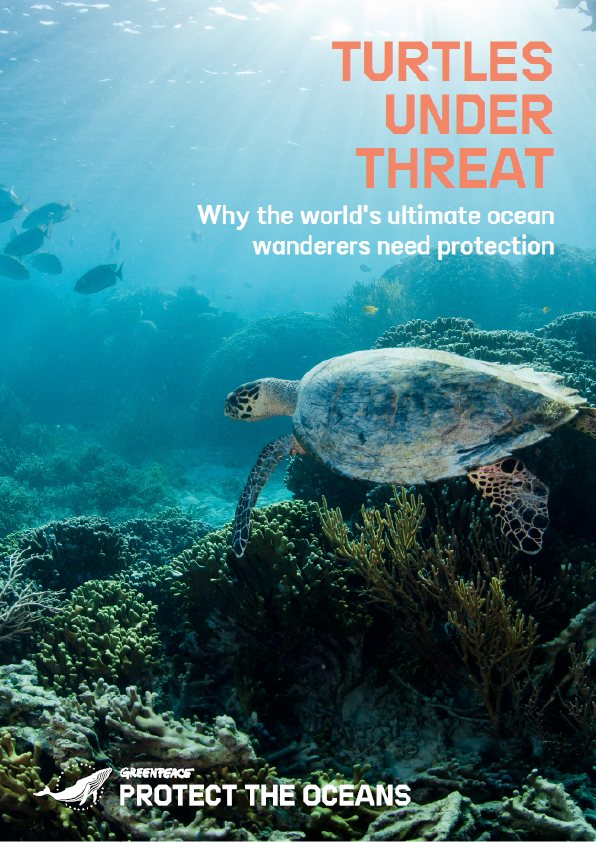The Arctic is located in the far north polar region of the planet. Floating pack ice (sea ice) over the Arctic Ocean is permanently frozen in the far north regions, and further south there is also one-year ice. The one-year sea ice provides a habitat and hunting ground for many Arctic animals. In the spring and summer this temporary sea ice retreats, and the animals move onto the land or move further north onto the permanent sea ice. Land areas within the Arctic region include northern areas of the Russian Federation, Canada, Alaska, Svalbard, Scandinavia and Greenland.
It is now very evident that the temperatures in the Arctic are warming due to climate change, with a resulting impact on sea ice. Over the past 100 years, average Arctic temperatures have increased at almost twice the global average rate (IPCC 2007). There has been a 10% to 15% decrease in the extent of sea ice in the spring and summer since the 1950s. Data from 2007 indicated that in March of that year, the Arctic sea ice covered nearly all of its longterm average extent. However, by September, sea ice covered only 4.3 million sq km, and 39% less than the 1979-2000 average (AMAP 2009). To put things into perspective, in 2008 it was reported by the Intergovernmental Panel on Climate Change (the IPCC) that sea ice loss in the Arctic is equal to the size of the States of Alaska, Texas and Washington combined Furthermore, research indicates that that sea ice thickness between 1958 and the 1990s decreased by about 40% (IPCC 2007).
An earlier break-up and melting of the Arctic sea ice in the spring and a later freeze up in winter leaves the sea unfrozen for a longer period of time. The shorter season of the temporary sea ice is now impacting on several species of Arctic animals – including polar bears and Arctic foxes, which need the sea ice to hunt, and walruses, which use sea ice as a resting and hunting platform. For polar bears, the reduction in sea ice is now considered to be a major threat to their survival in more southerly areas of the Arctic. Ice seals are also being badly affected, since they use the sea ice for raising their young and two seal species are now considered at risk of becoming endangered.
On land in Arctic areas, there are indications that this region is warming. At its margins, permafrost – defined as ground that has remained below the freezing point for at least two consecutive summers – is now thawing. There are changes in vegetation, and changes in the land temperatures are affecting lemming populations, with a possible knock-on effect on Arctic foxes in these regions.
The following set of short briefings shows that the loss of sea ice habitat in the Arctic is already causing major problems for some Arctic species. This may well lead to population losses and even extinctions of marine mammal species in the future. A 2008 analysis of climate change in the Arctic noted that ‘Prevention through reductions in greenhouse gas emissions appears to be the only approach that can ensure the long-term conservation of Arctic marine mammals and Arctic ecosystems as we know them’ (Ragen et al. 2008).
Source: Greenpeace (http://www.greenpeace.org)
